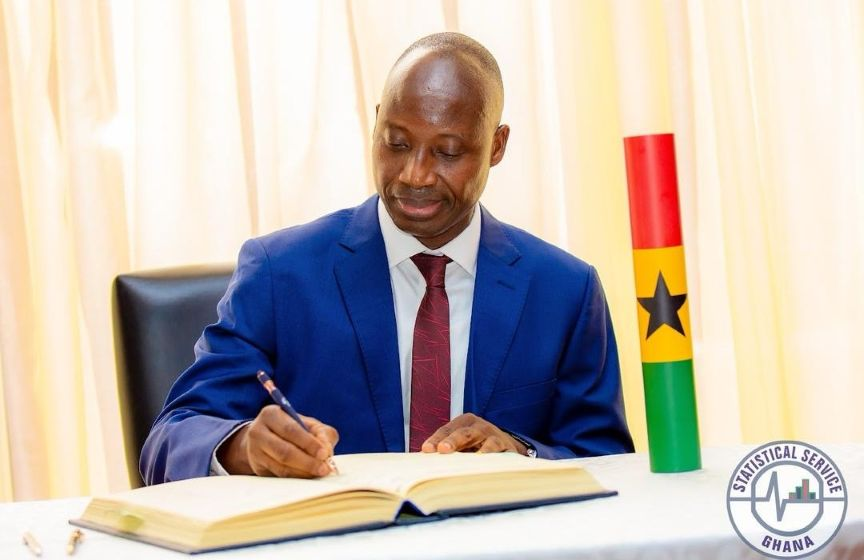…as BOG’s Anti-Inflation Campaign Yields Results
By Leo Nelson
Ghana’s relentless pursuit of macroeconomic stability is beginning to bear fruit, with May 2025 recording a significant drop in year-on-year inflation to 18.4%.
This marks a substantial decrease from April’s 21.2% and represents the fifth consecutive month of decline, according to the Ghana Statistical Service (GSS).
The figure is the lowest since February 2022, signaling a potential turning point for households and businesses grappling with escalating costs.
Government Statistician Dr. Alhassan Iddrisu attributes this notable disinflation to a primary factor: the reduction in transport fares, directly linked to falling fuel prices.
“The major contributor to the decline in May inflation was the significant reduction in transportation fares, which followed the downward adjustment of fuel prices,” Dr. Iddrisu stated during a recent press briefing in Accra.
He further highlighted the critical role played by easing non-food inflation, encompassing housing, transport, clothing, and utilities, crediting improved supply chains and a stabilising exchange rate.
Dr. Iddrisu affirmed that these trends indicate policy measures aimed at macroeconomic stability and inflation control are “beginning to yield the expected results.”
Despite this encouraging national trend, regional disparities persist.
The Upper West Region registered a staggering 38.1% inflation in May, more than double the national average, underscoring the uneven impact of price pressures across the country.
Conversely, the Ahafo Region recorded the lowest at 14.5%. These variations, attributed by analysts to differences in transport networks, commodity distribution, and local market dynamics, necessitate targeted regional interventions.
The consistent disinflation since January 2025 is largely seen as a validation of the government’s fiscal consolidation efforts and the Bank of Ghana’s tighter monetary policies.
The central bank’s hawkish stance has been crucial in anchoring inflation expectations and stabilising the Ghana Cedi, which has experienced significant depreciation in recent years.
Economists view the May figures as a positive catalyst for economic planning and investment, anticipating enhanced consumer purchasing power and reduced business uncertainty, particularly in key sectors like manufacturing and retail.
However, a note of caution has been sounded.
Kwabena Asare, a senior economist at a local think tank, warned against premature celebration, urging sustained vigilance and policy discipline.
“While the disinflation trend is encouraging, it is important that government and monetary authorities remain committed to structural reforms and fiscal prudence,” Asare advised.
For ordinary Ghanaians, the tangible effects are slowly materialising at markets and fuel stations. Lower transport fares are directly translating into reduced commuting and logistics costs, subsequently impacting the pricing of goods and services.
Consumers are cautiously optimistic, hoping for continued disinflation to translate into tangible improvements in their living standards.
Traders and small businesses share this sentiment, with one Accra foodstuff trader noting, “We’ve seen prices of fuel go down, and transport charges have also reduced, which is good for our business. But we hope this trend will continue, so other prices can come down too.”
While external risks and domestic challenges endure, the current trajectory lays a foundation for economic confidence and long-term recovery.
Sustaining this positive momentum will hinge on unwavering commitment to prudent fiscal management, effective monetary policy, and inclusive regional economic strategies to ensure all parts of the country benefit from the improving inflation outlook.


